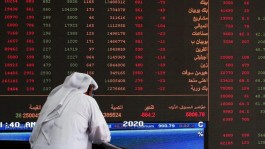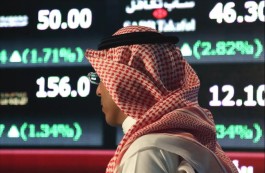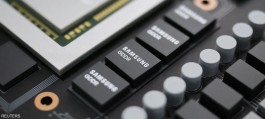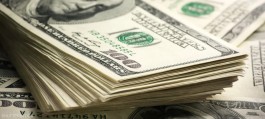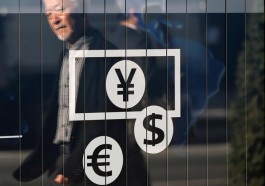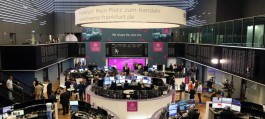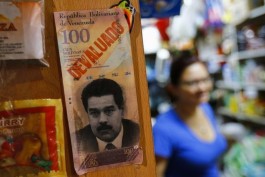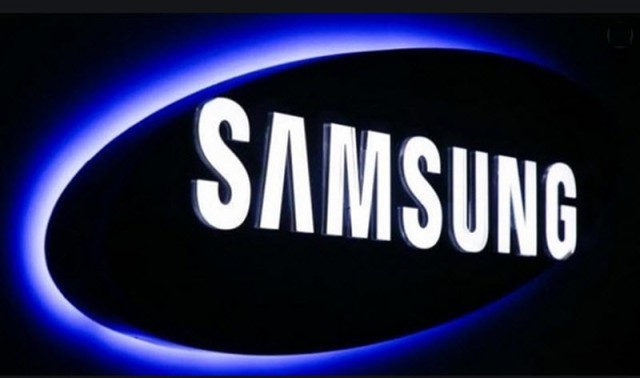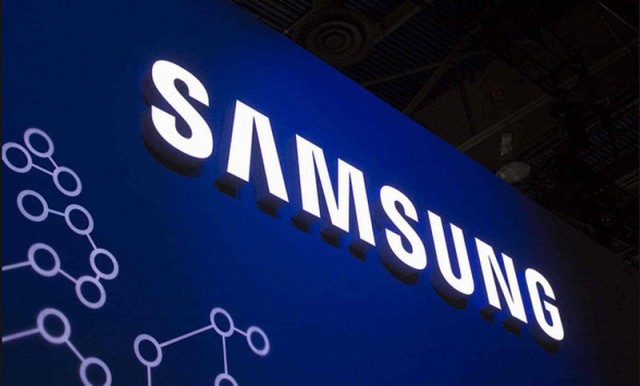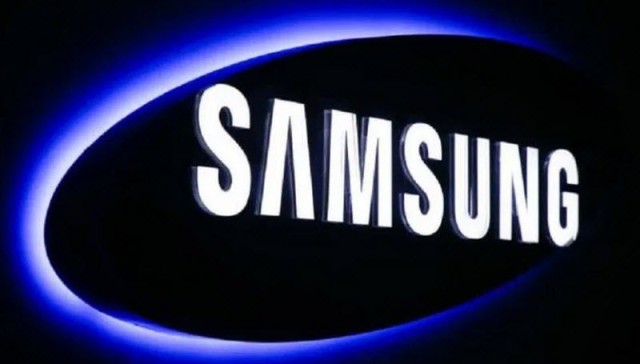Samsung managed to achieve more profits in the fourth quarter and fiscal year 2020, more than the previous year, despite the challenges of the Coronavirus pandemic.
According to Arabiyanet, the company recorded 61.55 trillion Korean won ($ 55 billion) in consolidated revenues and 9.05 trillion won ($ 8.17 billion) in operating profits. In the quarter ending December 31, 2020.
Over the entire year, it recorded revenues of 236.81 trillion won ($ 211.5 billion) and 35.99 trillion won ($ 32.1 billion) in operating profit.
Samsung's display unit recorded its highest profit ever in the December quarter, as provision of screens for the new iPhone from Apple kept OLED production close to 100% Of capacity during the quarter.
The company has expected strong demand for its chips this quarter and stronger mobile phone sales after the launch of its flagship Galaxy S21 smartphone lineup, along with a potential recovery in M&A activity.
p>
However, the world's largest chip maker has warned that the costs associated with producing new chips may lead to a weaker profitability result, after reporting a 26% jump in Operating profit in the fourth quarter.
Choi Yoon-ho, Chief Financial Officer, explained that the level of monetary increase over the past three years is mainly due to our inability to carry out beneficial merger and acquisition activities, adding: It is likely A beneficial M&A activity will occur in the next three years.
Samsung seeks to secure future technology through potential mergers and acquisitions, and given that the next era cannot be distinguished by smartphones, securing technology that can be adopted in future cars Seems likely.
Samsung has taken advantage of the stay-at-home trend during the global pandemic that has boosted demand for home apps and smartphones.
The DRAM chip market is expected to recover during the first half of 2021 and DRAM prices will rise much higher than expected in the first quarter, due to customer demand for mobile devices And servers, as the server clients they had stored ran out of stock when the Coronavirus first appeared in the first half of last year.









